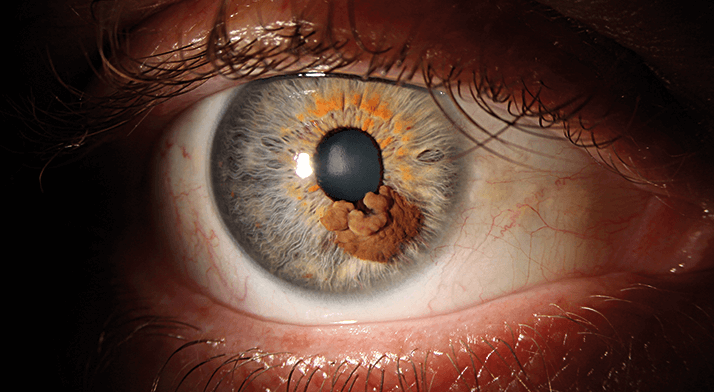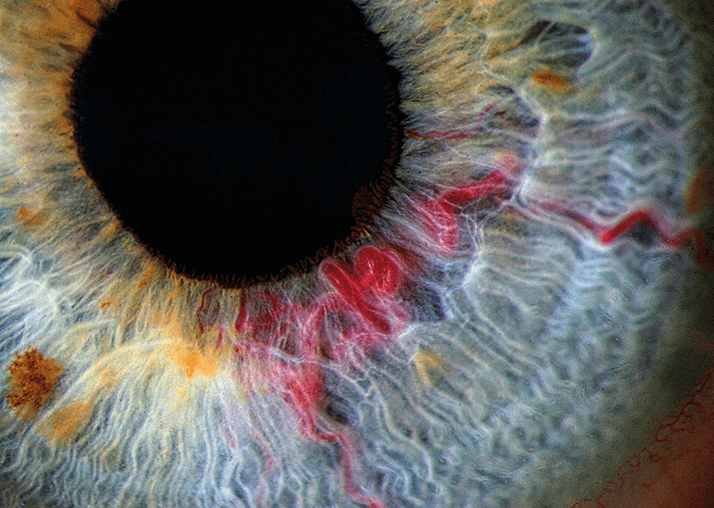

Supported by


By John McCormick, photographed with the Haag-Streit BX 900 Slit Lamp.
Ophthalmic Diagnostic & Clinical Imaging, Tennent Institute of Ophthalmology Gartnavel General Hospital, Glasgow, Scotland.
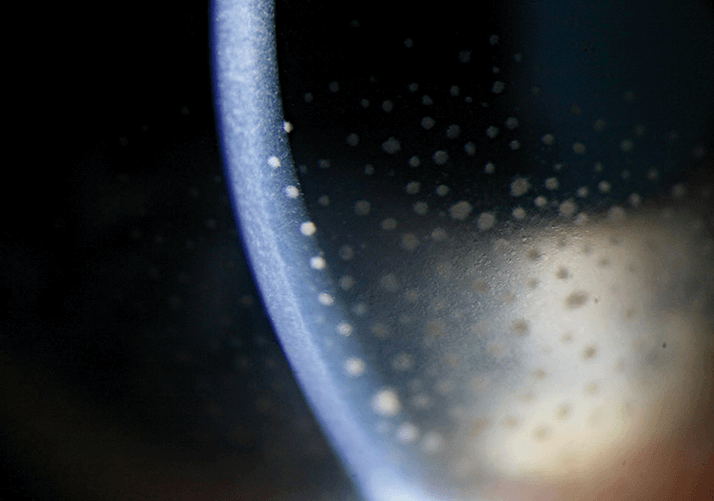
Matt Poe is a certified ophthalmic assistant working towards certification in retinal angiography. He runs the ophthalmic imaging site www.ophthalmicphotography.info.
This patient was first diagnosed with a choroidal melanocytoma. The patient did not return to the clinic for three years until one month when he lost vision on and off several times a day. The flat melanocytoma had progressed to a large, mushroom-shaped tumor. The tumor’s location meant that radiotherapy was contraindicated. Enucleation was performed, and the tumor was confirmed to be uveal melanoma.
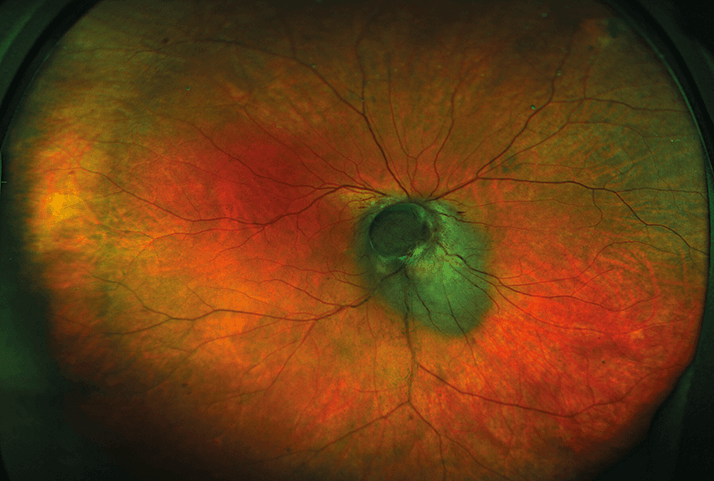
Amra Nadarevic Vodencarevic, Resident Ophthalmologist, University Clinic Center Tuzla, Bosnia and Herzegovina.
Bubble of silicon in the anterior chamber.
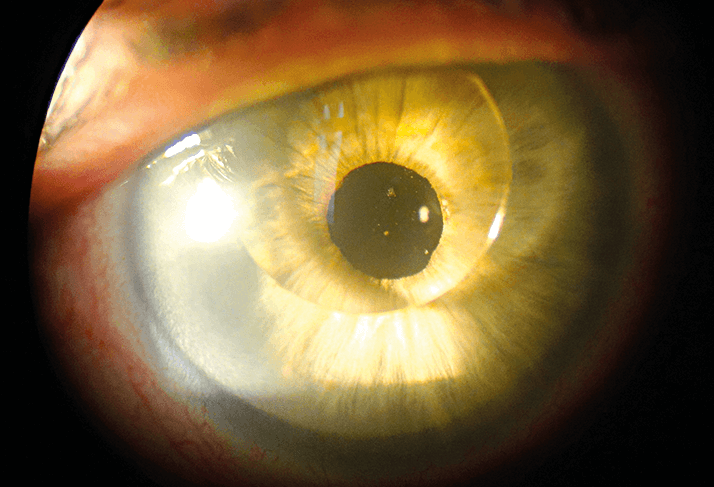
Angela Chappell is an ophthalmic photographer at Flinders Medical Centre, Adelaide, South Australia. Images copyright: Flinders Centre of Ophthalmology.
Fibrin web formation with pigment deposition on a decentered posterior chamber lens implant.
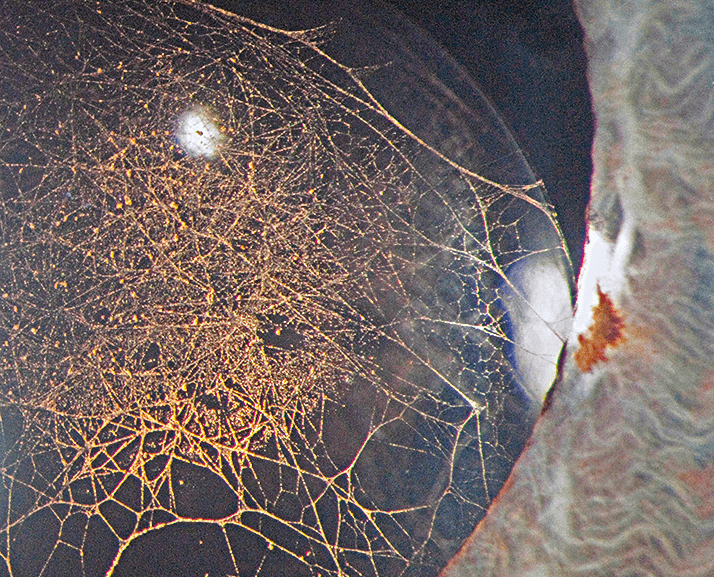
Helena Prior Filipe is a consultant ophthalmologist at the Instituto Dr Gama Pinto, Lisbon, Portugal
Simblepharon in a Lyell syndrome case: lower eyelid and inferior bulbar conjunctival adhesion.
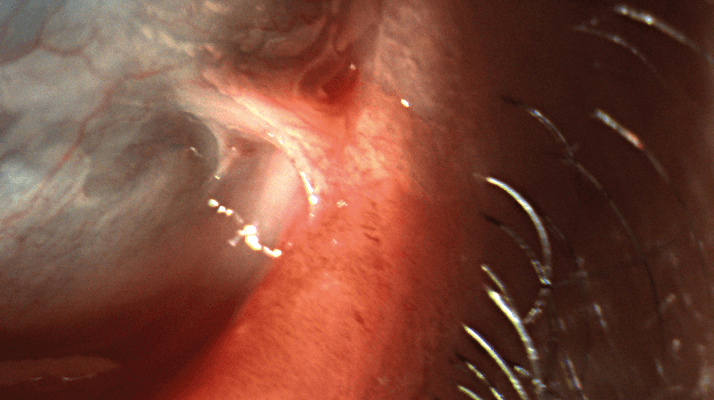
Tarun Arora, senior resident, the Rajendra Prasad Centre for Ophthalmic Sciences, All India Institute of Medical Sciences, New Delhi, India.
Anterior segment OCT of glass penetrating the anterior chamber.
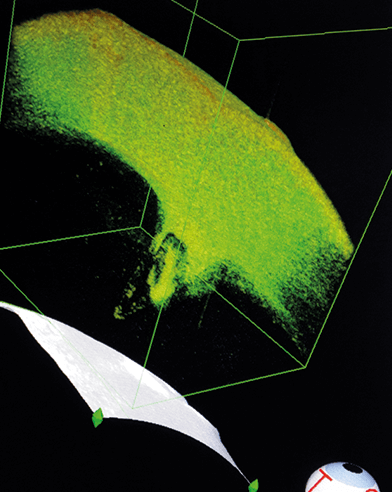
Carrie A. Cooke is an ophthalmic photographer with the University of Texas Health Science Center San Antonio, Medical Arts and Research Center, Department of Ophthalmology.
This patient presented to our clinic after a routine exam with a shopping center optometrist. The patient explained that the growth had been present since he was an infant and had changed very little throughout his life. The diagnosis was a non-malignant congenital anomaly of the iris and will be monitored every 6 months.
